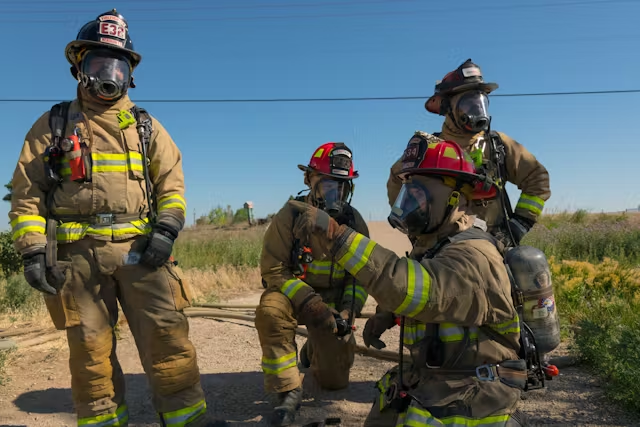Ever wondered why fire departments don’t wait for buildings to burn down before buying trucks and training firefighters? They know that preparation beats panic every single time. Yet most companies treat IT operations management like they’re playing Russian roulette with their servers: just crossing fingers and hoping nothing breaks.
IT disasters are not “if” events, they’re “when” events. Your email server will crash. Your database will hiccup. Your network will decide to take an unscheduled vacation. The only question is whether your team will handle it like seasoned professionals or like a bunch of people running around with their hair on fire.
The difference between heroes and headaches
Some IT teams are legends within their companies. When something breaks, they swoop in, fix it fast, and everyone moves on with their day. Other teams? Let’s just say they’re the reason people keep IT horror stories in their back pocket for dinner parties.
The difference isn’t talent or luck. It’s how they approach IT operations management and incident management as two sides of the same coin. Good operations prevent most incidents from happening. Smart incident handling prevents small problems from becoming company-wide disasters.
Building operations that don’t fall apart
Monitor everything, but don’t drown in alerts
Smart IT operations management means watching your systems like a hawk, but not crying wolf every five minutes. Set up monitoring that catches real problems early, not just every time someone’s laptop runs a virus scan.
The trick is tuning alerts so they mean something. If your phone buzzes every time disk space hits 70%, you’ll start ignoring it. But when that same alert only triggers at 90% on critical servers, suddenly it demands attention.
Document like your job depends on it
When disasters strike, nobody has time to figure out which cable goes where or remember the password for that one admin account. Create runbooks that even someone new could follow during a crisis.
Good documentation isn’t just about fixing things. It’s about fixing things fast. The difference between a 10-minute outage and a 2-hour nightmare often comes down to having clear, accurate procedures that anyone can execute under pressure.
Practice makes permanent
Regular disaster recovery drills reveal gaps in your processes before real emergencies expose them. Run simulations monthly, not just when compliance requires it.
Make these exercises realistic. Pretend key people are unavailable. Simulate multiple simultaneous failures. Test your backup systems by actually using them, not just checking that they exist.
When prevention meets reality
Even perfect IT operations management can’t prevent every incident. Hardware fails, software has bugs, and users find creative ways to break things you thought were bulletproof.
This is where incident management proves its worth. When problems slip through your defenses, having clear escalation procedures and communication plans turns potential disasters into minor hiccups.
The best IT teams treat every incident as a learning opportunity. What warning signs did we miss? Which processes slowed us down? How can we prevent this from happening again?
Remember, IT operations management and incident management aren’t competing priorities. They’re partners in keeping your business running smoothly. One prevents problems, the other solves them fast when prevention isn’t enough.

 Health2 years ago
Health2 years ago
 Technology2 years ago
Technology2 years ago
 Celebrity1 year ago
Celebrity1 year ago
 Celebrity1 year ago
Celebrity1 year ago
















